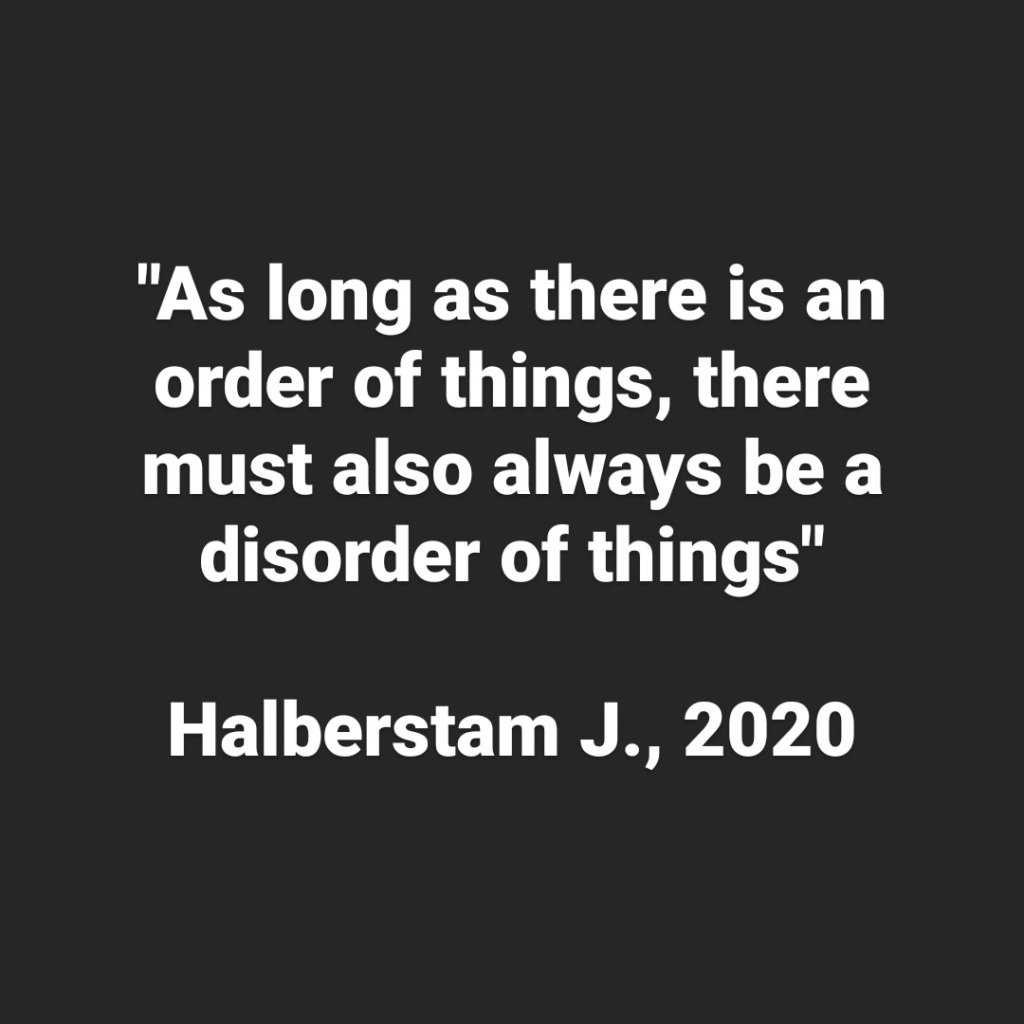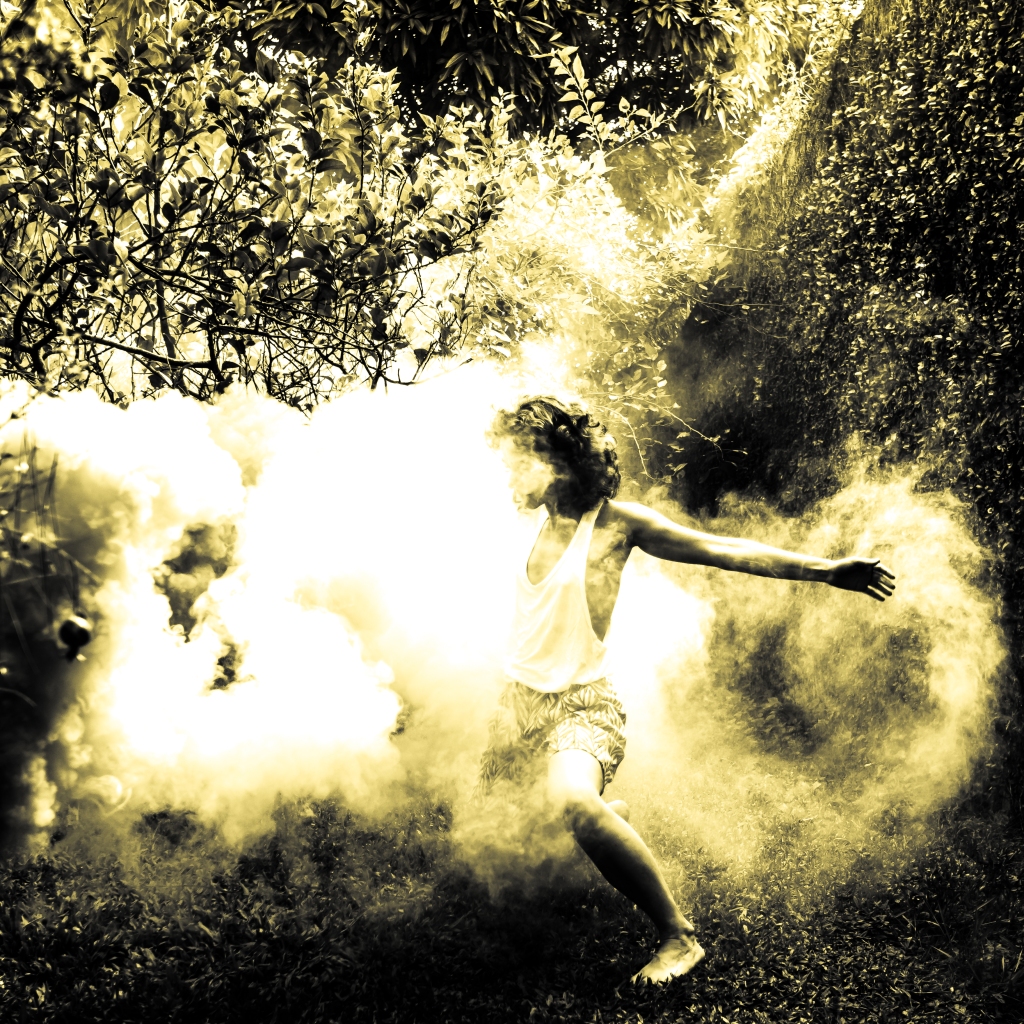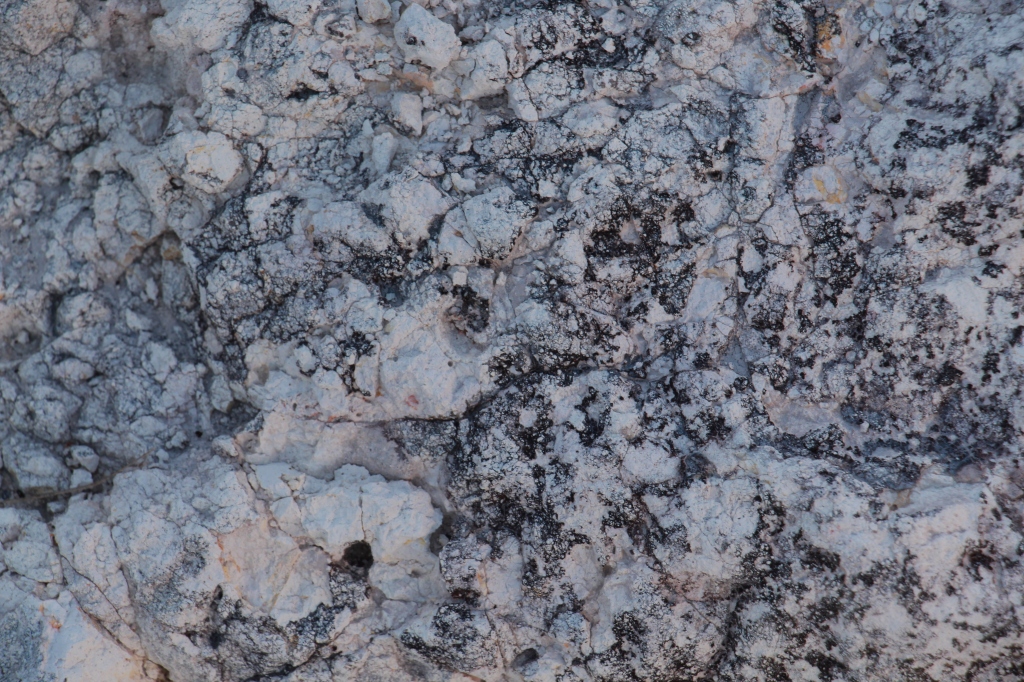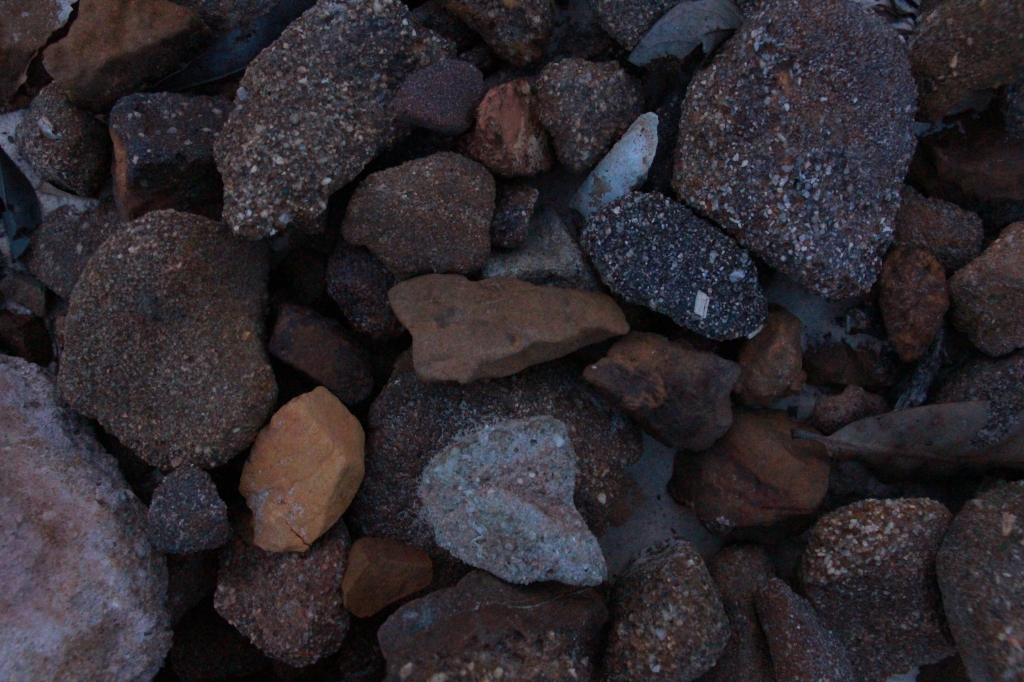2021
Diffracting with a research box
> diffracting through the research box of Amazonizing Practices: processes of thinking-moving with a landscape 


‘The Yanomami Struggle’ exhibition by Claudia Andujar
"Seen from the outside, the Amazon forest resembles an agglomerate of condemsed bubbles,
a vertical agglomerate of green swellings;
it could be said that a pathology had attacked the fluvial landscape in a uniform manner.
But, when disrupting this membrane and moving toward its interior, everything changes:
seen from inside, this confusing mass becomes a monumental universe.
The forest ceased being a terrestrial disorder; we could take it as a new planetary world as rich as ours;
a world that would have replaced ours.
Levi-Strauss, Tristes Trópicos, p.325 (my translation)
a vertical agglomerate of green swellings;
it could be said that a pathology had attacked the fluvial landscape in a uniform manner.
But, when disrupting this membrane and moving toward its interior, everything changes:
seen from inside, this confusing mass becomes a monumental universe.
The forest ceased being a terrestrial disorder; we could take it as a new planetary world as rich as ours;
a world that would have replaced ours.
Levi-Strauss, Tristes Trópicos, p.325 (my translation)
Besides the interest in the poetics of the description of the forest written by Levi-Strauss in Tristes Trópicos, I have become interested in the new planetary worlds which could be imagined and practiced as performances. The action of becoming forest as becoming part of such terrestrial disorder, and perceive "the disorder of things", as posed by Jack Halberstam (2020).
In my research, the disorder of things appears as multiple readings, connections and analogies between materials, tools and methods become enmeshed, forming a kind of Forest with its own order. Both the Amazon forest and my research become meshworks (Ingold, 2011), the entangled bodies of human and extrahuman entities in motion, rather than in a specific point in space-time, as suggested by the notion of assemblage.
The agency of things evoked though dialogical practices become part of the meshwork, formed by theories, concepts, ideas, poetics, images, human and extrahuman bodies. The dialogical encounters, intra-action or correspondences (Ingold 2016), an intercorporeality between things and the immaterial (theories, concepts, ideas, poetics) generate a range of possibilities through such process of diffraction. To observe such processes allows for new properties of things to emerge, to reveal themselves from within the research.



The meshwork is multidirectional and non-hierarchical. However, it is far from the notion of harmony historical humans project on to the so called nature: no hierarchy does not mean a peaceful stable environment. In harmony there is tension. The plurality of the forest only exists through tension, which happens through the recognition of limits. How far can I go without harming the system? The forest is unapologetic, but it cares and loves.











Traces of my durational performance HOLE (2020); "Tensegrity is a behavior which sustains/supports"; Anthropophagic Slobber (1974) by Lygia Clark; image of ghostly Arnhem in the Amazonizing color pallete; works by Jaider Esbell, more traces....
-
In which ways can the action of displacing things from a naturecultural landscape into a performance space, as a way of extending the living experience within the landscape, challenge linear notions of time/space? Could such displacement be perceived as stretching the landscape, so that some of its qualities may be practiced somewhere else? What qualities of human bodies and things emerge when they are entangled within a performance situation that proposes the practice of a new space?
-
In which ways can the notions of reenchantment of things initiate a dialogue between posthuman perspectives and indigenous knowledge systems in the context of artistic practice? How could this practice contribute to reimagining possibilities of sustainable life in the Planet from a decolonial perspective?
- How can one space be possessed by another? In which ways can choreography become a meshwork of practices that Amazonize a performance space in the context of this research?
Keywords
meshwork / choreography / myth-making / things / reenchantment / landscape / new spaces / decoloniality / imagination / speculation / movement / body / scores
Thinking with
Eduardo Viveiros de Castro, Davi Kopenawa, Ailton Krenak, Luiz Antonio Simas, Isabelle Stengers, Rosi Braidotti, Donna Haraway, Tim Ingold, Deleuze & Guatarri, Walter Mignolo, Ben Spatz, Ana Vujanovic, Robert Smithson, Deborah Hay, Angela Schubot & Jared Gradinger, Marta Soares, and many extrahuman things.
Myth-making







Stills from the film ‘First Cow’ (2019)
Myth. Story. Belief. Place. What is the difference between a myth and a story? According to Viveiros de Castros' reading of Levi-Strauss, a myth is a story that talks about the beggining of time, but it affects the present of the one who tells it. Myths shape societal constructions by determining what is "given", determining ways of thinking the relations between human and extrahuman entities. In many Amazonian populations, myths are stories from the time before there was a separation between what is now considered human and extrahuman. Such myths talk about the possibility of being captured by "the other" if going beyond the process of becoming. In becoming, there is no final stage, there is no crystalization of form. Many Amazonian myths say that every species of non-human animals sees themselves as human. Therefore, if a human is captured, i.e., if she steps into the perspective of other species, she will not notice that immediately. That would be a process of metamorphosis.
‘MACUMBEIRO: definição de caráter brincante e político,
que subverte sentidos preconceituosos atribuídos de todos os lados ao termo repudiado e admite as impurezas,
contradições e rasuras como fundantes de uma maneira encantada de se encarar e ler o mundo no alargamento das gramáticas.
O macumbeiro reconhece a plenitude da beleza, da sofisticação e da alteridade entre as gentes.
A expressão macumba vem muito provavelmente do quicongo kumba:
feiticeiro (o prefixo "ma", no quicongo, forma o plural). Kumba também designa os encantadores das palavras, poetas.
Macumba seria, então, a terra dos poetas do feitiço; os encantadores de corpos e palavras que podem fustigar e atazanar a razão intransigente e propor maneiras plurais de reexistência pela radicalidade do encanto,
em meio às doenças geradas pela retidão castradora do mundo como experiência singular de morte’.
que subverte sentidos preconceituosos atribuídos de todos os lados ao termo repudiado e admite as impurezas,
contradições e rasuras como fundantes de uma maneira encantada de se encarar e ler o mundo no alargamento das gramáticas.
O macumbeiro reconhece a plenitude da beleza, da sofisticação e da alteridade entre as gentes.
A expressão macumba vem muito provavelmente do quicongo kumba:
feiticeiro (o prefixo "ma", no quicongo, forma o plural). Kumba também designa os encantadores das palavras, poetas.
Macumba seria, então, a terra dos poetas do feitiço; os encantadores de corpos e palavras que podem fustigar e atazanar a razão intransigente e propor maneiras plurais de reexistência pela radicalidade do encanto,
em meio às doenças geradas pela retidão castradora do mundo como experiência singular de morte’.
Simas L.A., Rufino L., Fogo no Mato: a ciência encantada das macumbas (2018), nota introdutória
Formlessness, Forces and Healing
Smoke sculptures. landscape. feminism, atmospheres. uncontrolable substances. physical states. gasous rock. gasous sculpture hidden inside a rock, waiting to be revealed. mutating. uncapturable. ghost. redifining borders. trespassing. How to "feminize" a landscape subverting the patriarchal hierarchy of thinking of women in relation to nature and men in relation to culture? Or, how to keep natureculture fluid?





"In lowland South America, breath animates human and non-human bodies, pulsating through the materialities of organisms. Humans, however, should manage their bodies to recast and reconfigure breath in its most life-enhancing manifestations: singing and smoking. These are the specialized domains of those able to manage their vitalities in such a way as to produce potent effects in themselves and in the world around them, including influencing atmospheric conditions, the lives of animals and plants and the harming and healing of others. In these relational ontoepistemologies, intersubjectivity, intercorporality and states of non-cognitive interaffection find new depths. Breath, properly managed, can make and unmake worldly forms, including bodies and the societies they come together in".
"Breath is potent evidence of human vitality. While a requisite for life, it is also elusive and equivocal because, although it pulsates through organisms, it itself is largely unseen. Among many human societies, it takes on two substantial manifestations: song and smoke. These tangible materializations are more than casual aspects of breath as the sustainer of life".
The text "Breathing Song and Smoke: Ritual Intentionality and the Sustenance of an Interaffective Realm" (2020) by anthropologists Elizabeth Rahman and Bernd Brabec de Mori was crucial for the development of my artistic practice in the context of this research. They examine the interface between human and extrahuman subjectivities through the interaffective ressonance enabled by practices connected to breathing. They also bring up the importance of controlling the activities which happen through the bodily orifices in regulating vitality, the capacity for transformation.
Breathing practices had already been part of my studio/movement practices for a few years. I began expanding the breath into sound as well as considering different approaches to listening. Furthermore, I was initiated in the vibrational practice with yoni eggs, which proposes a series of actions to prepare the physical body and an egg shaped stone to correspond. The egg works in a vibrational mode with the human body when it is introduced and kept for determined periods of time inside the vagina, close to the cervix.
Therefore, breathing, listening, researching possibilities to correspond to stones became central in my practice, and were manifested in my methods Becoming-Rock, (to) Hole, (to) Forest, Becoming-Attention, Oracular creating/activating/becoming and Score writing/activating.
In Brazil, I have also experimented with smoke, inspired by American feminist artist Judy Chicago's smoke sculptures.
By engaging in the Foresting practice, the actions of observing, zooming in, zooming out, cropping, reproducing, multiplying, displacing and juxtaposing, brought forward the fractal quality of things. I began to think of the body as landscapes, of rocks as landscapes, of bodies as rocks, of breasts as volcanos, of crevices as valleys, of orifices as portals.





Landing Intimacy (2021) is a video created from the documentation of studio practice of the Landing Intimacy score.
rock. milk. soil. skin. stone. clot. ita. heart. rana. blood. magma. kidney. mountain. gland. soft. meteorite. viscous. hard. hot. land. escape. scope. body. gravestone. weather stone. stepstone. touchstone. philosopher's stone. hard rock. sisifus. breast. monolith. fracture. gland. amulet. roll. touch. art. air. sound. atom. molecule. vibration. wave. time. compression. texture. bounce. hit. space. medusa. stoned. woman. power. sharon stone. surface. peak. porous. this. other. same but different. frequency. scale. breath. metamorphosis. maze. a-mazed. sedimentation. a-stonished.
The Landing Intimacy score is a dialogic practice between a human and one or more extrahuman thing(s).
In this practice, all materials are relevant and useful.
Keywords:
attention / vitality / displacement / forces / capture / transmit / thisness
> Guidelines <
to human:
Listen to the music and rhythm of your breath
to thing:
Perceive the contours of your partner’s physical body
Sense the air you exchange.
Sense the intersections of your electromagnetic fields
to human:
Place you ear to the ground in order to listen to your partner’s voice
Say out loud fragments of what you hear
to human/ thing:
Observe each other’s multiple textures
If you feel like experiencing touch, now is the time.
to human/ thing:
Whether you are touching or not, notice what makes your partner describable as “this one”
Can you name this quality?







Image by Cho Gi Seok; ancient rock art in the Amazon; painting by Denilson Baniwa; Climatic Dances by Amanda Pina; photos by Ren Hang
Imagining a body inside a body. A human form inside a rock, like a sculpture waiting to be discovered. Each rock is unique, each one has its thisness. They are permeable. Soft rock, hard body, density depends on how close the atoms are to each other. Dropping down, to the soil. Perceive the bones as hollow rocks that produce blood cells. Allowing gravity to approximate the bones to the rocks, soil, ground. The skin of the planet is not hard. It moves. Things move through it. The skin of the Earth is covered by invisible forces, an invisible meshwork. We bury the dead. The dead become soil. Some animals eat soil. Some humans eat animals. Is the soil a hyperobject?
d EAT h - soil. death. body. anthropophagy












Diffracting with a research box unfolded from the study module “Diffractive Dialogues: the art of intra-action”, led by Dr. Mariella Greil in February 2021 in the frame of the Master Performance Practices programme at ArtEZ University of the Arts, Arnhem, Netherlands.
References
Andujar, C. (2019). Claudia Andujar: A Luta Yanomami. São Paulo: Instituto Moreira Sales.
Brabec de Mori, B., Rahman, E. (2020), Breathing Song and Smoke: Ritual Intentionality and the Sustenance of an Interaffective Realm. Body & Society Special Issue: Interdisciplinary Perspectives on Breath, Body and World vol. 26(2) 130–157.
Halberstam, J. (2020). Wild Things - An Aesthetics of Bewilderment. Available at: https://www.rigabiennial.com/en/riboca-2/programme/event-wildness (Accessed 19 March 2021)
Ingold, T. (2011). Being alive. Essays on movement, knowledge and description. London: Routledge.
Ingold, T. (2016). Training the Senses: Tim Ingold - The knowing body. Maastricht University. Available at: https://www.youtube.com/watch?v=OCCOkQMHTG4 (Acessed 19 March 2021)
Viveiros de Castro, E. (2009). Cannibal Metaphysics: For a post-structural anthropology. Minneapolis: Univocal Publishing.